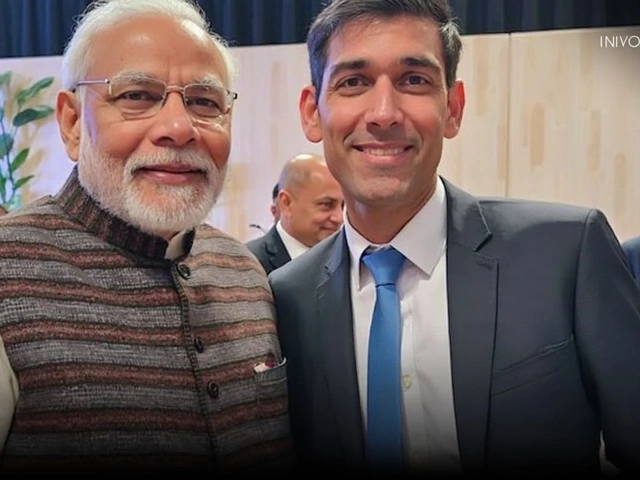Exam Format Explained: What You Need to Know
Ever opened a test and felt confused because the questions looked nothing like what you expected? That feeling usually comes down to the exam format. Knowing whether you’re facing multiple‑choice, essay, or a practical task changes how you study and how you answer on the day.
In this guide we’ll walk through the most common formats, point out the tricks that work best for each, and give you a quick game plan you can start using right now.
Common Exam Formats and Their Tricks
Multiple‑Choice (MCQ) – This is the most popular format in schools and competitive exams. The key is to eliminate wrong options fast. Read every choice, cross out the ones that are obviously wrong, then compare the remaining two. If you’re still stuck, look for clues in the wording – extreme words like “always” or “never” are often wrong.
True/False or Yes/No – These seem simple, but they test detail‑level recall. Treat each statement as a mini‑question: ask yourself if you can prove it with a fact. If you can’t, it’s safer to pick the opposite.
Short Answer / Fill‑in‑the‑Blank – Here you need concise recall. Write only what the prompt asks for; extra words can cost you points. Memorize key terms, formulas, and dates because the exam won’t give you hints.
Essay or Long‑Form – Planning wins. Spend a couple of minutes outlining before you write. Include a clear intro, two or three body points, and a quick recap. Use the question’s keywords (like “compare,” “evaluate,” “discuss”) to stay on track.
Practical / Skill‑Based – Labs, coding tasks, or language speaking exams fall here. Practice the exact skill under timed conditions. Follow the steps in the right order; judges look for method as much as the final result.
Oral Exams – You’re talking, not writing. Speak clearly, pause to think, and answer the question directly. If you don’t know the exact answer, explain what you do know – partial credit is common.
How to Prepare for Any Format
First, identify the format early. Check the syllabus, past papers, or ask the instructor. Once you know the type, match your study method to it.
For MCQs, do lots of practice questions. Time yourself and note patterns in wrong answers. For essays, create a bank of opening sentences and concluding lines you can adapt. For practical tasks, set up a mini‑lab at home or use simulation software.
Second, simulate the test environment. Turn off notifications, set a timer, and work through a full paper. The more the real experience feels like practice, the less nervous you’ll be on the day.
Third, review your mistakes honestly. Ask yourself why you got a question wrong – was it a knowledge gap, a misreading, or a time issue? Fix that specific problem before the next round.
Finally, keep your brain fed. Short breaks, water, and a bit of movement keep focus sharp. A quick walk between study blocks can reset your attention and improve recall.
Ready to tackle any exam format? Start by mapping out the type, pick the right study tool, and practice under real conditions. You’ll walk into the test room confident, focused, and ready to answer exactly what the exam asks for.
NEET UG 2025 Registration Now Open: Key Dates, Changes to Exam Format, and Eligibility Details
The registration for NEET UG 2025 has begun, with the exam date set for May 4, 2025. The registration involves online steps like filling forms, uploading documents, and paying fees. Changes in the exam format make all 180 questions compulsory, without optional questions. Eligibility details and enrolment courses are specified in the NEET 2025 brochure, with APAAR ID not mandatory.





